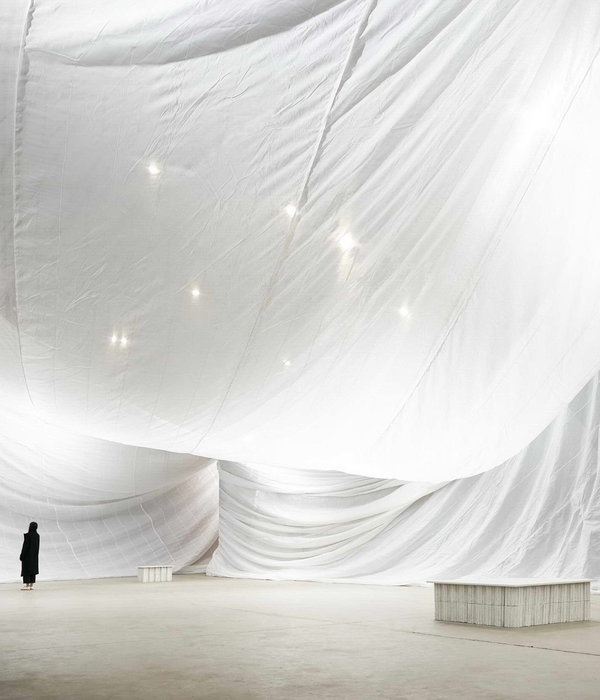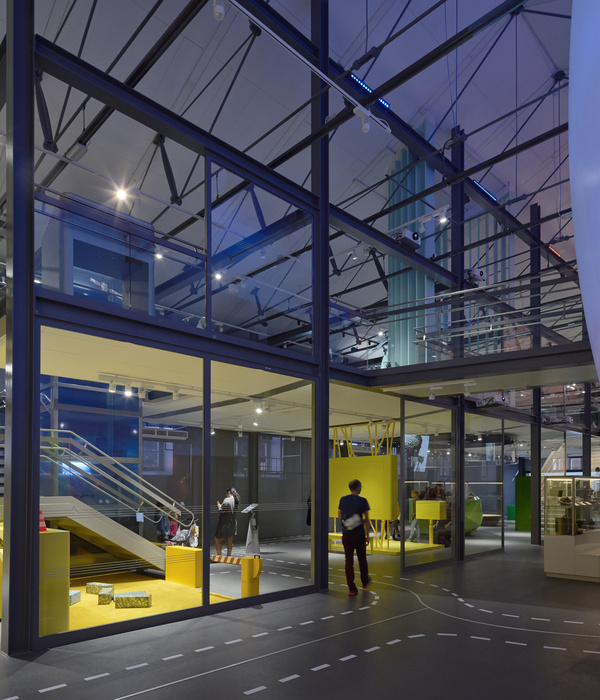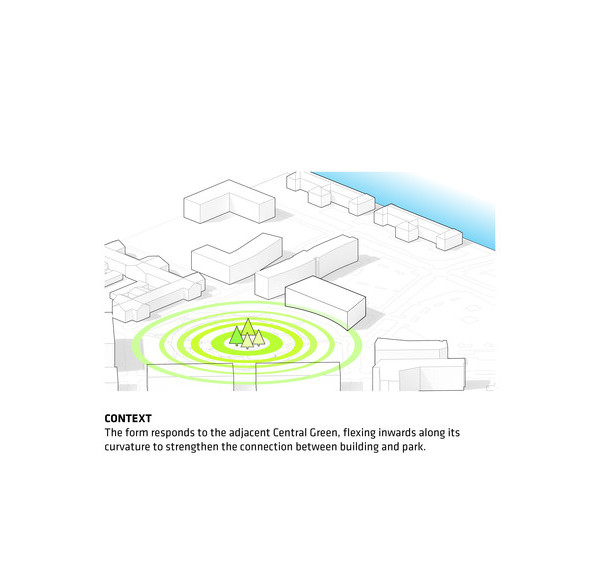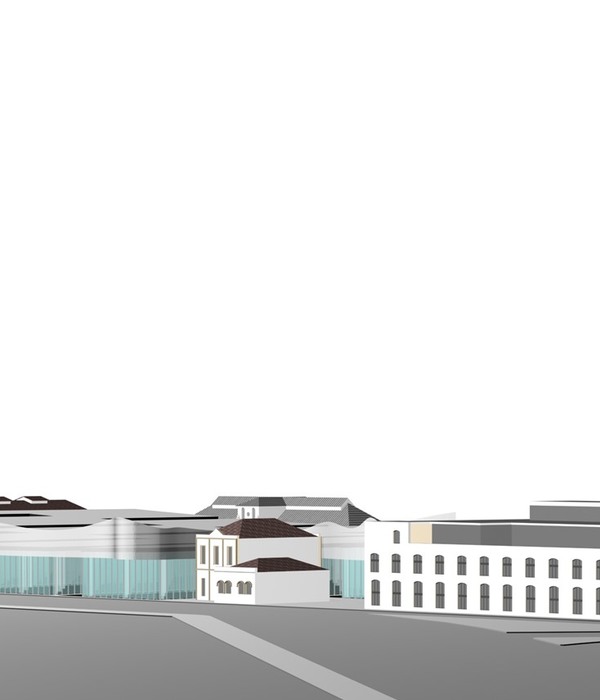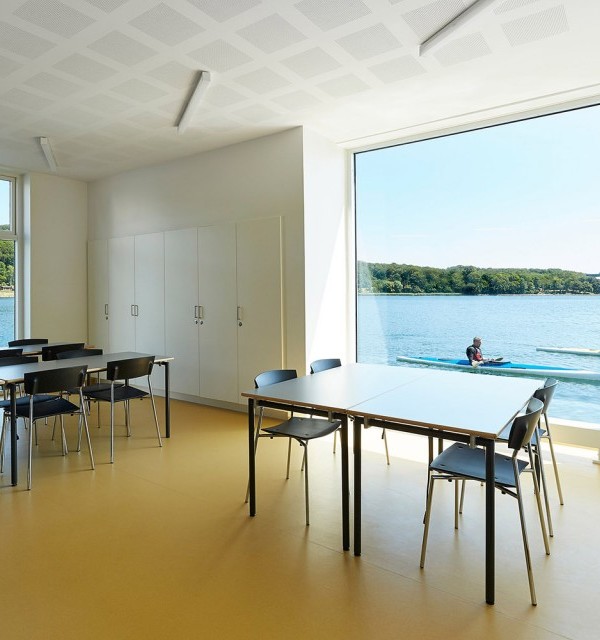Museum of Contemporary Art, Chicago
The Art Institute of Chicago
Museum of Fine Arts, Boston
JFK Library and Museum, Boston
Institute of Contemporary Art, Boston
Lakefront Kiosk, Chicago
Museum of Fine Arts, Boston
Museum of Fine Arts, Boston
Museum of Contemporary Art, Chicago
Lakefront Kiosk, Chicago
Museum of Contemporary Art, Chicago
California Academy of Science, San Francisco
California Academy of Science, San Francisco
California Academy of Science, San Francisco
De Young Fine Arts Museum, San Francisco
De Young Fine Arts Museum, San Francisco
De Young Fine Arts Museum, San Francisco
Contemporary Jewish Museum, San Francisco
Clyfford Still Museum, Denver
Experience Music Project Museum, Seattle
Experience Music Project Museum, Seattle
Chicago Architecture Biennial Exhibition 2015, Chicago Cultural Center
Chicago Architecture Biennial Exhibition 2015, Chicago Cultural Center
Chicago Architecture Biennial Exhibition 2015, Chicago Cultural Center
Chicago Architecture Biennial Exhibition 2015, Chicago Cultural Center
The simplest and perhaps earliest view of the nature and meaning of art is that art is imitative or representational: it copies something in the real world. The painting of a landscape copies or represents the real landscape. Plato takes this view of art in the Republic, where he uses the example of a bed: the painting of a bed is a copy of a concrete bed (which is itself a copy of the ideal Form of a bed). Later theorists would “upgrade” this Platonic conception by maintaining that the true artist is actually copying the Ideal Forms directly, seen with the mind’s eye, and thus is performing a “perfectionist” artistry. Aristotle likewise takes the view of art as imitative or copying the real world, and in one form or another this notion of art as mimesis has had a long and profound influence: the meaning of art is that which it represents. By the late 19th century though, the act of representation got an inferior association, characterising something without the substance or qualities of the original. In our contemporary culture we find two revisions: on the one hand the postmodern one which argues that the copy becomes truth in its own right (the hyperreal of Jean Baudrillard or Gilles Deleuze’s challenge of the privileged position of the ideal and the replacement with systems of no prior identity); and on the other hand, the holistic and organic-tech approaches which revisit mimesis as a way to reconnect with Gaia, discover and explore the complex interconnections found in nature and ultimately move towards a sustainable stewardship.
{{item.text_origin}}




